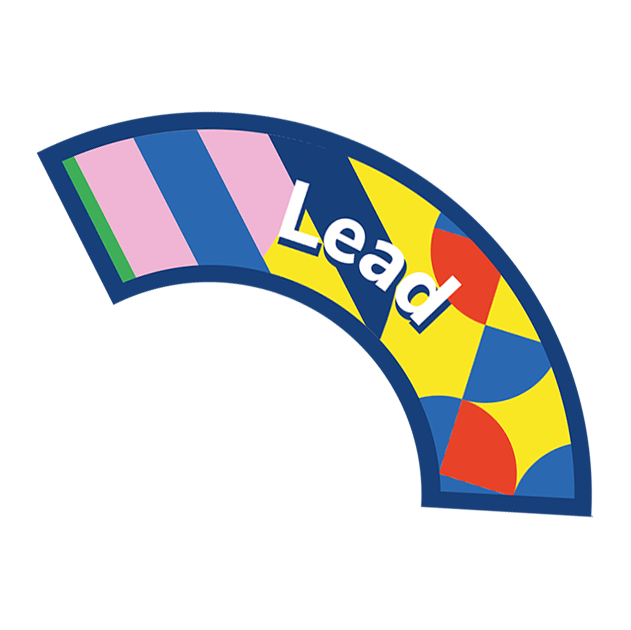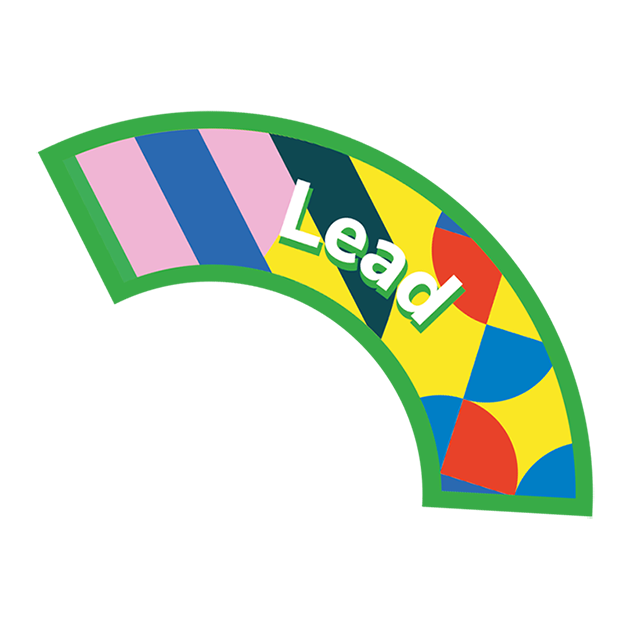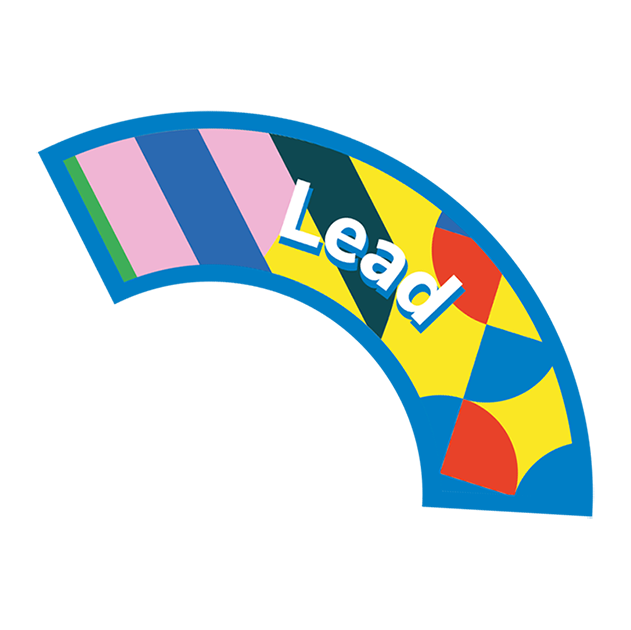
YouShape cool wall challenge
You’ll need
- A4 paper
- Sticky tack
- Sticky notes
Before you begin
- Use the safety checklist to help you plan and risk assess your activity. There's also more guidance to help you carry out your risk assessment, including examples.
- Make sure all young people and adults involved in the activity know how to take part safely.
- Make sure you’ll have enough adult helpers. You may need some parents and carers to help.
Planning and setting up this activity
- Take four pieces of paper, and put a heading on each one – seriously cool, cool, uncool, and seriously uncool. Use the templates provided, or create your own using your own images.
- Take the sticky notes or paper, and write some suggested badge or activity ideas, so everyone has some ideas to start them off.
- You may want to include badges and activities more than once, so more than one group can vote on each idea. You could include images of badges and activities alongside the words.
- Sick the headings across a wall to create a ranking wall that ranges from seriously uncool to seriously cool.
Create your cool wall
- Gather everyone together, and explain you’re going to rank some activities and badges to help decide what people what to do. You might want to talk to people about what the categories mean. Their decisions should be based on how much they want to try the activity – not how cool its reputation is.
- Ask everyone to get into groups of about five people.
- Gve each group a selection of the sticky notes (or paper) with ideas written on. If groups have pieces of paper, they’ll also need sticky tack.
- Each group should discuss the ideas they’ve been given, one by one. Where do they belong on the cool wall?
- Once everyone in each group has had their say, the group should agree on a decision and someone should stick the idea in the right place on the wall. This is a great chance for people to help anyone who’s new to join in.
- Once a group has finished placing all of the ideas on the wall, they should get some blank paper or sticky notes, and add their own ideas. They can add seriously uncool ideas, as well as cool ideas.
- At the end, everyone should gather back together and look at the cool wall. Are there any trends? Are there any activities in more than one section?
- Take picture of the cool wall, or copy the ideas down, so that whoever plans the programme can listen to everyone’s opinions and ideas.
Reflection
This activity helped you think about trying new things. Which of the ideas have you tried before? Which of the ideas are new to you? What makes it easier to try new things? Is Scouts a good place to try new things? Why might it be good to give new things a go? How does trying something new feel? What did you think about when putting an idea on the wall?
This activity also helped you to be confident, discuss ideas with a team and put your ideas forward. How did you make sure everyone’s views got considered and everyone had a chance to share their thoughts? How did you make a final decision? Did you have to stand up for an idea or try and persuade your team? And did you let other people do the same?
Your ideas may have been different to other teams. Did your team have to be confident to make a decision? Were you confident in your own views, even if other groups had put ideas on a different place on the wall?
Safety
All activities must be safely managed. You must complete a thorough risk assessment and take appropriate steps to reduce risk. Use the safety checklist to help you plan and risk assess your activity. Always get approval for the activity, and have suitable supervision and an InTouch process.
Make it accessible
All Scout activities should be inclusive and accessible.






